What We Do
We provide villagers with healthy water, help increase food production, and introduce new cultivation methods to replace outdated agricultural methods, this photo shows four piles of rice from four of our rice farms in Nakaipa, Boinsen District.
Seledorwon USA, INC. and a subsidiary foundation - Kesseh Foundation Liberia (KEFOLI) are sincerely committed to improving the basic human needs of the communities that we serve in Boinsen District. Working with villagers to increase food production in Boinsen District, Bong County, Liberia. We sincerely thank all of you for your generous donations every year since 1998. However, there is still a lot of work to be done. The photos are the unfinished work.
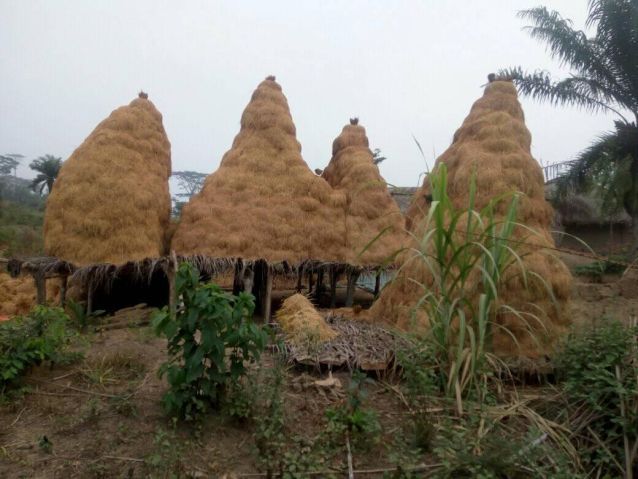
The Situation at Hand
There has been no appropriate intervention by authorities in Monrovia and well-meaning institutions and individuals to incentivize food crop production by rural dwellers. Thus, a lot of our rural communities go hungry for the most part of every year when their food is finished.
Our work in Boinsen District is having a little positive impact on hunger. However, we have to grow more to meet the growing population, and to grow more, we have to have modern equipment to do farm layout and maintain the acres that we have cultivated, or else the forest will reclaim it. The photo below is one of the reasons why we are appealing to you to donate and help us help our villagers in Boinsen District to increase food production.
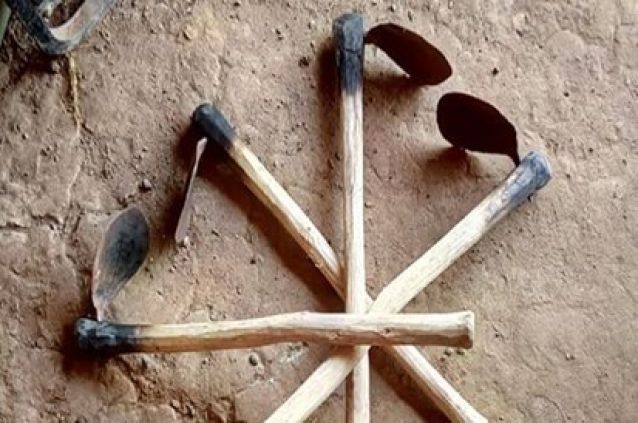
You Are Invited to Help Improve Agricultural Tools and Methods
Throughout more than two decades and a half, Seledorwon, USA INC. has continues to serve the people of Boinsen District and that is still what we do today. By paying stipends to volunteers who brushed undergrowth, felled trees, scratched, and harvested rice on the communal farm which serves as a foundation for agricultural transformation. However, since the COVID-19 virus, funding has been difficult and as a result, most of our projects have come to a complete standstill. We are therefore asking everybody everywhere to join us in our fight to improve primitive agricultural tools in Boinsen District, Bong County, Republic of Liberia.
Working to Reduce Malnutrition this photo shows one of our rice fields in Nakaipa, Boinsen District
According to the UN Food and Agriculture Organization, undernourishment means that a person is not able to acquire enough food to meet the daily minimum dietary energy requirements over a period of one year. And it defines hunger as being synonymous with chronic undernourishment.
Also, referencing FAO’s report results of food insecurity assessments based on the food insecurity experience scale (FIES) data collected by FAO in seven countries facing food insecurity crises one of which is Liberia, between September 2022 and October 2022. The detailed results, presented at the subnational level. Of the seven countries assessed, Liberia was ranked 82.4% of population that were affected or facing food crisis on the national level. However, on the counties level, (90%) of Bong County population are severely affected thus putting Bong among the counties that are severely affected. However, based on our own assessments on the district level, Boinsen District is rated (95%) of the population been severely affected.
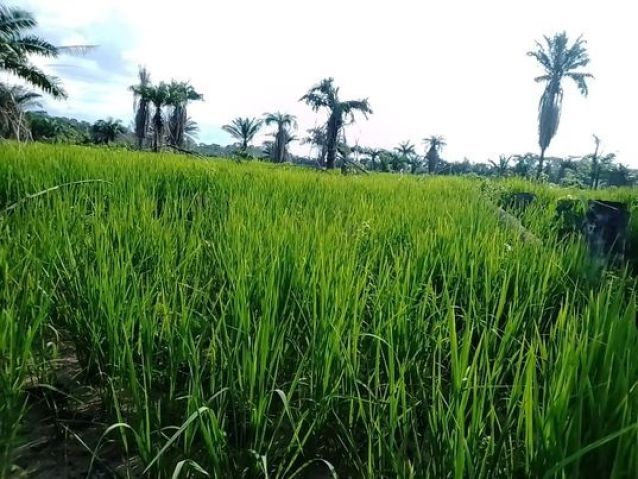
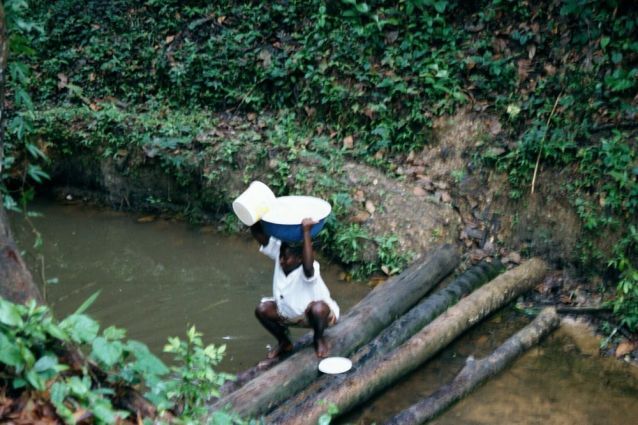
Providing Villagers with Healthy Water
Water is one of Mother’s nature’s handy work without water life is impossible. However, the quality of water that people drink has a considerable impact both native and positive on the health of the population. It is based on it critical value and usage that the United Nations recognized the right to clean drinking water as a basic human right and approved a number of appropriate legislative solutions to combat water related diseases. However, since the approval of the legislation at the beginning of the twenty-first century, the drinking water quality in Boinsen District has not change.
The population in this district are still drinking contaminated water which in term affect their health especially the health of their children. Seledorwon USA, INC. is working with the villager to improve their drinking water quality reduce the injection of water related diseases.
Liberia’s Long & Colorful Agricultural History
Liberia is a less developed and food-deficit country, it ranks 177th of 185 countries in the 2016 Human Development Index according to UNDP. The 1989-2003 brutal civil wars in Liberia resulted in the death of at least 250,000 men, women and children, and an unspecified number of villagers were displaced from their villages and took refuge in neighboring countries: Guinea, Ivory Coast and Sierra Leone.
After the milieu of the brutal 14-year civil war the country is slowly recovering. However, the agricultural sector is still in its primitive stage.
Farmers are still using machetes, axes, hoes, and knives as farming tools. This archaic method of fire-fallow involves the cutting and burning of trees in forests to create space or sites for planting seeds.
In this process, the farmer has no means of grubbing up stumps and clearing logs from the fields. The seeds are scattered amongst a clutter of logs and stumps, and hoes are used for tilling the soil. In this way, the growth and yield is hampered because the stumps and other trees left in the field compete with the crops for nutrients in the soil.
Some centuries ago this farming method had been transformed in many countries around the world. In some less developed countries, animals have been domesticated and trained to perform most of the physical farm work previously done by human beings. In Liberia however, domesticated animals wouldn’t work because the land is forested.
Officially, the republic of Liberia is situated on the West Coast of Africa. Bounded on the west by the Republic of Sierra Leone, on the north by the Republic of Guinea, on the east by the Republic of Ivory Coast and on the South by the Atlantic Ocean. As of the 2008 census, the nation is home to 3,476,608 people. Its land area is 43 square thousand miles. Its capital is Monrovia. Liberia has a hot of equatorial climate with most rainfall arriving in the summer and harsh harmattan winds in the dry season. Liberia’s populated Pepper Coast is composed of mostly mangrove forests while the sparsely populated inland is forested, later opening to a plateau of drier grasslands.
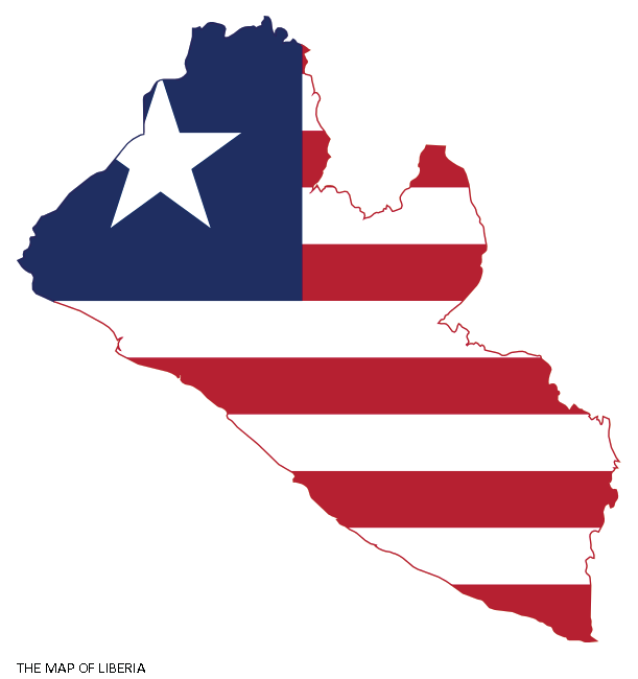

Hoe Technology Was Invented 11,700 Years Ago!
It Has Outlived its Usefulness and Can No Longer Feed Those Who Use It
Hoe Farming started 11,700 years ago, hoes are an ancient technology, predating the plow and perhaps preceded only by the digging stick agriculture. Yet, this ancient tool are the most impactful tools in rural Liberia and in Boinsen District. It is used to plant rice, cassava, and potato just to name a few. It was an excellent tool to feed a small population. However, as the population grew, Hoe Farming production began to decline and could no longer feed those subsistence farmers who use it.
Invitation to Improve Agricultural Tools and Methods
We put reducing hunger at the center of our work for peasant farmers in the Boinsen District. We advocate for:
- Modern rice field cultivation
- Equipment for de-stumping,
- Moving all logs from the agricultural fields
We do this not only by advocating but also by investing in modern agricultural tools, equipment, and methods.
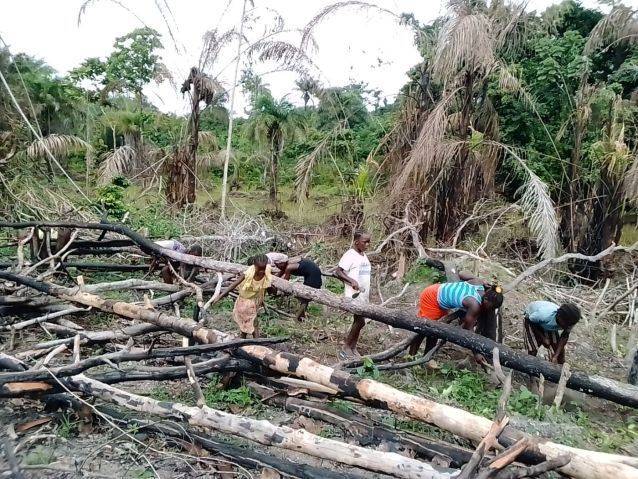
We are in this light, sincerely extending an invitation to all PEOPLE against hunger to join us in our fight to reduce hunger in Boinsen District.
To improve agricultural tools in Boinsen District and increase food production!
BUILDING A BETTER FUTURE IN FARMING
Together, we can increase food production and ensure that no one in Boinsen District, Bong County, Liberia goes hungry.
Donate
All Rights Reserved | Seledorwon
